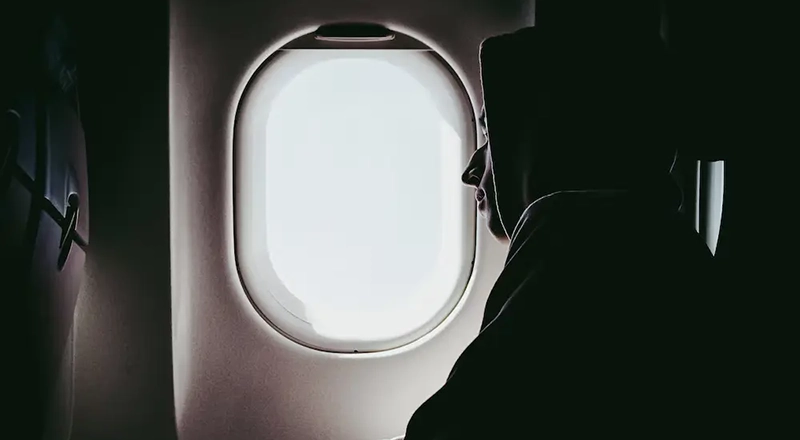What we call ‘jet lag’ is actually a disruption to our inner clock caused by jet travel across multiple time zones. Jet lag can leave travelers feeling lethargic, disoriented, and, well, jet lagged all day long. Fortunately, it’s possible to mitigate jet lag with the right preparation and strategies. In this article, we will explore how to get ahead of jet lag before, during, and after a multi-time zone trip.
Before the Trip
The body’s circadian clock naturally adjusts itself over the course of several days after you’ve jetteed across multiple time zones. To facilitate this transition, it’s best to adjust our sleep-wake cycle in advance of the flight as much as possible. A gradual adjustment of roughly an hour each night is recommended for eastward travel and vice-versa for westward travel. Additionally, it’s important to plan your pre-flight sleep schedule based on the destination time zone. For example, if you’re flying from London to New York City (five hours behind), you should plan to go to bed an hour later each night leading up to your flight so that your body gradually adjusts its circadian clock accordingly.
During the Trip
There are certain steps we can take while traveling across multiple time zones that can help us adjust quickly and reduce symptoms of jet lag once we get where we’re going. First and foremost, it’s important to stick closely to your pre-trip sleep schedule if possible – even on flights! During the flight itself, avoid alcohol and caffeine to reduce tell-tale signs of jet lag such as fatigue or insomnia at your destination. Additionally, exposing oneself to natural light throughout the journey can also help reset internal clocks quicker upon arrival. Still, it’s best to avoid direct sunlight or bright artificial lights directly before bedtime. as they can interfere with melatonin production, which can cause difficulties falling asleep once you reach your target time zone.
After the Trip
Once at your destination, there are several steps you can take in order to recover from jet lag faster. Start by getting plenty of rest during the first few days in order for your body’s circadian rhythms to catch up with local time. Second, try doing some light exercise during daylight hours, to increase endorphin levels, which will help combat jet lag-related fatigue. Finally, engage in social activities – dinner parties, attending a show, taking a tour – which will give structure and routine to your life after the jet lag-induced disorientation. The key is adapting quickly but without rushing. Symptoms of jet lag need time and proper care, so taking things slowly is often better than trying too hard.
Frequent Flyers Beware!
Recent research has explored how jet lag affects us physiologically, at a molecular level, and has yielded new insights into this common phenomenon. A study conducted by Harvard Medical School found that exposure to bright artificial lights disturbs gene expression related to our daily pattern of rest/wake cycles (i.e. circadian rhythms), resulting in impaired melatonin production and the extreme fatigue and insomnia it causes. Researchers have linked the constant disruption of circadian rhythms by jet lag to a higher risk of developing chronic illnesses such cancer and diabetes.
Getting ahead of jet lag requires a plan and the discipline to stick to it. With the right preparation — including gradual adjustments to one’s pre-flight sleep schedule, along with avoiding alcohol, caffeine, and bright light at the wrong times of day – it’s possible to stay energetic throughout the trip and reach your destination refreshed! Understanding the latest neuroscience offers insights into just how much jet lag can affect our health if not managed properly.



GIPHY App Key not set. Please check settings